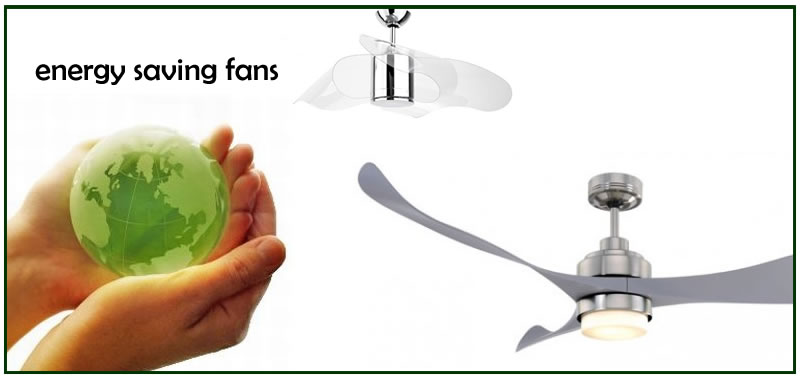Uncategorized
Fans – Save the Planet and your Pocket
In the past few years we have become aware of the need to lower our energy consumption in the household. Doing so makes a significant difference to our own lives by reducing what we spend on energy appliances and bills, and when as a community we all make an effort to reduce energy use, we make a significant on a large scale to the environment.
The smart way to reduce energy is to first look at where we use most energy.
On average across Australia, 40 per cent of the energy we use at home is for heating and cooling. This doesn’t include heating hot water. (Australian Government Department of Industry; https://www.energy.gov.au/households/heating-and-cooling).
So to reduce our energy use in the home, the best place to start is with our heating and cooling. Ideally, our houses should be designed so that we need almost no heating or cooling appliances. However, most of us live in houses and apartments that were not designed in this way!
Here at Universal Fans, we think fans are pretty great because they can help with both cooling and heating, and are the method which also has the cheapest running costs.
There are three primary mechanisms for cooling; fans, air-conditioners and evaporative coolers. The Department of Industry recommends that ‘Fans should be the first choice for mechanical cooling… Fans are the cheapest cooling option to run and have the lowest greenhouse impact; air conditioners are expensive to run and produce more greenhouse gas.’ A typical ceiling fan motor uses only about 20watts of electricity on low speed. Some newer models with specifically energy efficient motors use this amount on high speed! So you can run a ceiling fan for about the same energy use as a light bulb. Other options include pedestal and wall fans, which normally use a little more energy but not much more. It is true that fans do not actually cool the air – instead, they circulate air and cool you when you are in reach of the breeze they create. Most of the time, this is all you need. According to the Department of Industry; ‘With good design and insulation, fans can often supply adequate cooling for acclimatised residents in all Australian climates…Typically, the air flow created by a fan provides a similar improvement to comfort as reducing the temperature by around 3°C.’ Fans are also usually cheap to buy and install. You will find a range of good quality ceiling fans for $150-$250. Wall and pedestal fans often come with a flex and plug, so they do not require installation by an electrician. This also means they are a great immediate solution!
Another advantage of fans is that even if you are in a particularly hot area and do need a system which actually cools the air for some days, you can still use your fans in combination to run the other system at a lower setting, and use the fan to keep the cool air down and circulating. You will use less energy by running the fan and running the other system on a lower setting.
One of the biggest advantages of ceiling fans is that although they are not a heating source, they can definitely help keep you warm in winter. Most ceiling fans have a reverse mode – this means they spin clockwise instead of anti-clockwise like they do to create a breeze. When they are on the reverse setting, they push the heat back down that has risen closer to the ceiling. This means that you recycle that hot air that you normally lose to the ceiling height, and so again you can keep your heater setting lower and significantly save on energy.
BUT WAIT – there’s more! There is another kind of fan we love here at Universal Fans – exhaust fans, which, when set up as a heat shifting or transfer system, can also help you with your heating. Heat shift systems literally shift or transfer heat from one room or area to another. This is a great option when you have one area of the house which gets too hot (often from wood heaters for example), and another that doesn’t have heating. The hot air that rises to the ceiling from the hot room is sucked up by an exhaust fan, through a vent in the ceiling, along insulated ducting which is placed in the ceiling, and through to the other room and pushed out through another vent in the ceiling. This kind of system won’t generally be enough to really heat the second room, but it will get rid of the chill! So with using just a little energy required to run an exhaust fan, you can use the extra hot air from one room to take the chill out of another. The systems are easy to install if you have space in the ceiling, and can by DIY if you have a powerpoint in the ceiling for the exhaust fan.
See why we’re such Fans of Fans?!
See our selection of ceiling fans and domestic fans either in our showroom or in our product catalogue.
Ceiling Fans
Domestic Fans
Energy Saving DC Motor Ceiling Fans
| Household Energy Use | % |
|---|---|
| Heating and cooling | 40 |
| Water Heating | 21 |
| Appliances and equipment including refrigeration and cooking | 33 |
| Lighting | 6 |
Source: DEWHA (2008) Department of the Environment, Water, Heritage and the Arts – www.yourhome.gov.au/energy/heating-and-cooling

